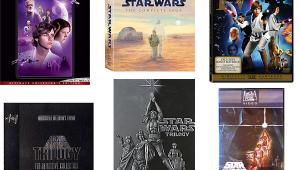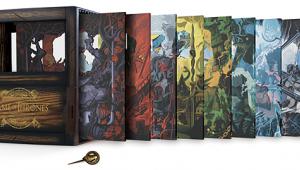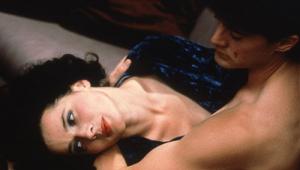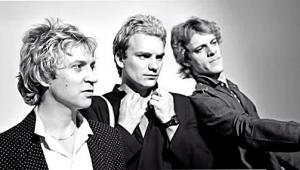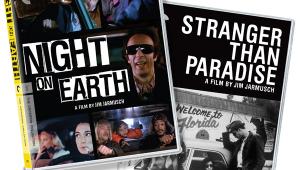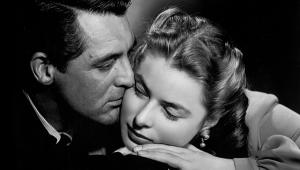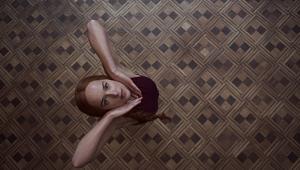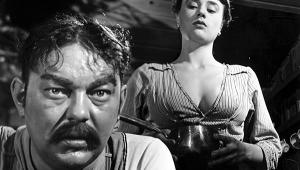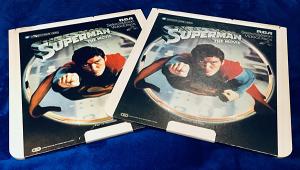DVD Review: Inland Empire Page 3
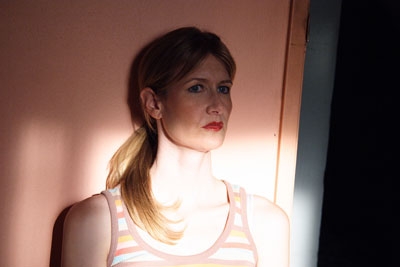
Another presence hovering over Inland is Roman Polanski. The whole shooting style suggests that Lynch gave himself an intensive refresher course in Polanski's work circa Repulsion and Rosemary's Baby while prepping the film. The lingering handheld close-ups, shot in extreme wide angle, evoke Rosemary's geriatric coven. And the backyard cookout at Dern's white-trash hovel uncannily harks back to that film's extended dream sequence. (This isn't the first time Polanski has reared his head in Lynch. Compare the benign-turned-demonic old couple that drives Naomi Watts to suicide in Mulholland Dr. with the taunting crowd of too familiar faces egging Polanski on to a similar fate in The Tenant.)
But I could shine a light on bits and pieces of Lynch's Empire all night long and not even come close to conveying its essentially abstract feel. The impulse toward pure abstraction has lain at the heart of some of the most sublime American pop - from Charlie Chaplin and Tex Avery to "Sh-Boom" and the Beach Boys - but Lynch seems obsessed with not just honoring that impulse but, at his peril, driving it out into the open.
This continual pointing to somewhere well beyond the objective (or, as Lynch would have it, the self-woven web of reality) is strongly reflected in Inland's radically conservative shooting style. There has always been an admirable purity to Lynch's filmmaking. He tends to let the camera sit and watch, cutting only when absolutely necessary. And his avoidance of tracking shots makes his prowling handheld shots that much more effective. At a time when sound-and-fury cutting and camera moves have become de rigueur, Lynch's restrained, even Spartan (or should I say "Puritan"?) technique alone goes a long way toward making his films seem otherworldly.
The big twist here is that Inland was shot using mid-line high-def camcorders, out of which Lynch coaxed astonishing images. (And saying "Lynch" isn't just convenient shorthand for the camera crew, since he frequently operated the cameras himself.) Opting for video was a huge gamble, but it pays off spectacularly. Lynch seems to have deliberately created a look halfway between film and video to keep the audience off-balance, and it's a look that you never entirely get used to as you watch the movie. But that, of course, is the point.
Shooting with camcorders brings a disturbing intimacy to Inland, and seems to mock the hulking Panavision cameras that occasionally rear up to record the film within the film (within the film within the film . . .). It also appears to feed the movie's subtext of analog (recurring shots of an ancient stylus working the surface of a 78) versus digital (high-def video). But Lynch seems drawn to video mainly for its inability to handle bright light.
Anybody who knows Lynch's work knows his fascination with flames, bare light bulbs, and other intense sources of illumination. Captured on video, that intensity inevitably burns out part of the frame, creating a kind of hole through the image. This parallels the Dern character's using a cigarette to burn a hole in silk lingerie and then peer through it - a ritual Lynch insists we need to perform if we want to see. (This would all seem an allusion to Jacques Lacan's notion of The Gaze - that we long to glimpse The Real, but can't help but be blinded by the experience. Then again, who knows? Check back with me after I've watched this thing another 15 times.)


